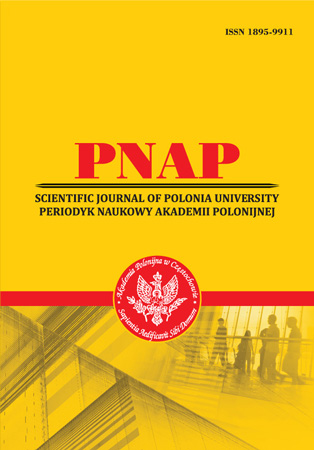FEATURES OF THE DEVELOPMENT OF MEDIA EDUCATION IN THE UNITED STATES OF AMERICA
Abstract
In the article the author analyzed the features of the development of media education in the United States of America. Media education in the USA has come a long way in its development: from film experiments to the founding of the National Association for Media Literacy Education. There are presented content and the list of documents which regulate the development of media education, associations and organizations for media education in the USA. Abilities and skills which children should have for using media are defined. Statistics of Pew Research Center about time which children spend with media is given. The author analyzed concepts “media education” and “media literacy”. The article examines several examples of using media educational tasks on different lessons. According to the documents of National Association for Media Literacy Education (NAMLE) principals and aims of media education are defined. The prospects for the development of this problem are shown.
References
2. Onkovych, H. V. (2010). Mediaosvita v Ukraini: suchasnyi stan i perspektyvy rozvytku [Media education in Ukraine: current state and prospects of development]. Novi tekhnolohii navchannia, 62, 89–92. [in Ukrainian]
3. Fedorov, A. V., Novikova, A. A., Kolisnichenko, V. L. & Karuna, I. A. (2007). Mediaobrazovanie v SSHA, Kanade i Velikobritanii [Media education in the USA, Canada and the UK]. Taganrog: Izd-vo Kuchma. [in Russian]
4. A European Approach to Media Literacy in the Digital Environment (2010). Retrieved from https://www.cedefop.europa.eu/en/news-and-press/news/european-approach-media-literacy-digital-environment [in English]
5. Considine, D. (1999). Media Education in United States of America. In: Educating for the media and the digital age. Vienna: Austrian Federal Ministry of Education and Cultural Affairs & UNESCO (125–128). [in English]
6. Costanzo, W. (1992). Reading the Movie. Urbana, Illinois: National Сouncil of Teachers of English. [in English]
7. Goals 2000: Educate America Act (2010). Retrieved from https://www2.ed.gov/legislation/GOALS2000/TheAct/index.html [in English]
8. Kubey, R. (1998). Obstacles to the Development of Media Education in the United States. Journal of Communication (Winter), 48, 58–69. [in English]
9. Kubey, R. & Baker, F. (2000). Has Media Literacy Found a Curricular Foothold? Telemedium. The Journal of Media Literacy, 46, 8-9. [in English]
10. Motion for A European Parliament Resolution on Media Literacy in a Digital World (2008). Retrieved from https://www.europarl.europa.eu/sides/getDoc.do?pubRef=-//EP//TEXT+REPORT+A6-2008-0461+0+DOC+XML+V0//EN#title1 [in English]
11. Pew Research Center‘s Internet & American Life Project (2011). Retrieved from http://pewinternet.org/Reports/ 2011/Teensandsocialmedia.aspx. [in English]
12. Sim, J. (1977). Mass Media Education in the U.S.A. In: Media Studies in Education. Paris: UNESCO. 74–88. [in English]
13. Tyner, K. (1999). New Directions for Media Education in the United States. In: Educating for the Media and the Digital Age. Vienna: UNESCO (251–272). [in English]
Abstract views: 263 PDF Downloads: 223







